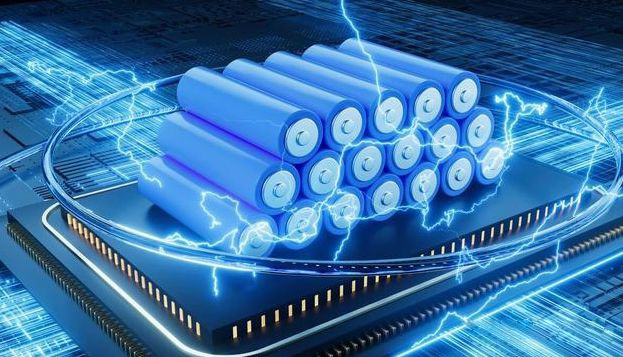 |
Welcome To Evlithium Best Store For Lithium Iron Phosphate (LiFePO4) Battery |
 |

Lithium iron phosphate (LiFePO4) batteries have been gaining popularity in recent years as an alternative to traditional lead-acid batteries. They are often praised for their high energy density, long lifespan, and low self-discharge rate. However, one limitation of LiFePO4 batteries that is often overlooked is their low discharge rate. In this blog post, we will explore the drawbacks of the low discharge rate of a LiFePO4 battery and why it may not be the best choice for some energy storage applications.
Before we delve into the limitations of the low discharge rate of a LiFePO4 battery, let's first understand what discharge rate means. In simple terms, the discharge rate of a battery is the rate at which it can deliver its rated capacity over time. For example, a battery with a 1C discharge rate can discharge its rated capacity in one hour. A 2C discharge rate means the battery can deliver twice its rated capacity in one hour.
Compared to other types of lithium-ion batteries, LiFePO4 batteries have a relatively low discharge rate. Most LiFePO4 batteries have a maximum discharge rate of 1C, which means they can deliver their rated capacity over a period of one hour. This is lower than the discharge rate of other types of lithium-ion batteries, such as lithium cobalt oxide (LCO) and lithium manganese oxide (LMO) batteries, which can have discharge rates of up to 3C or more.
The low discharge rate of LiFePO4 batteries can limit their usefulness in certain energy storage applications. Here are a few examples:
LiFePO4 batteries may not be the best choice for electric vehicles (EVs) because they require high discharge rates to power the vehicle's motor. A low discharge rate battery may not be able to deliver the required power, leading to poor performance and reduced driving range.
Power tools require a lot of power in short bursts, which means they need batteries with high discharge rates. A LiFePO4 battery may not be able to deliver the required power, leading to reduced performance and shorter battery life.
Emergency backup power systems, such as those used in hospitals or data centers, need batteries that can deliver a lot of power quickly in case of a power outage. A LiFePO4 battery with a low discharge rate may not be able to provide the necessary power, leading to reduced effectiveness in an emergency situation.
While LiFePO4 batteries have many benefits, including high energy density and long lifespan, their low discharge rate can limit their usefulness in certain energy storage applications. It's important to consider the discharge rate of a battery when choosing an energy storage solution to ensure it meets the requirements of the application. In some cases, a LiFePO4 battery may not be the best choice and other types of batteries, such as LCO or LMO, may be a better fit.
Edit by editor
All Rights reserved © 2025 Evlithium Limited